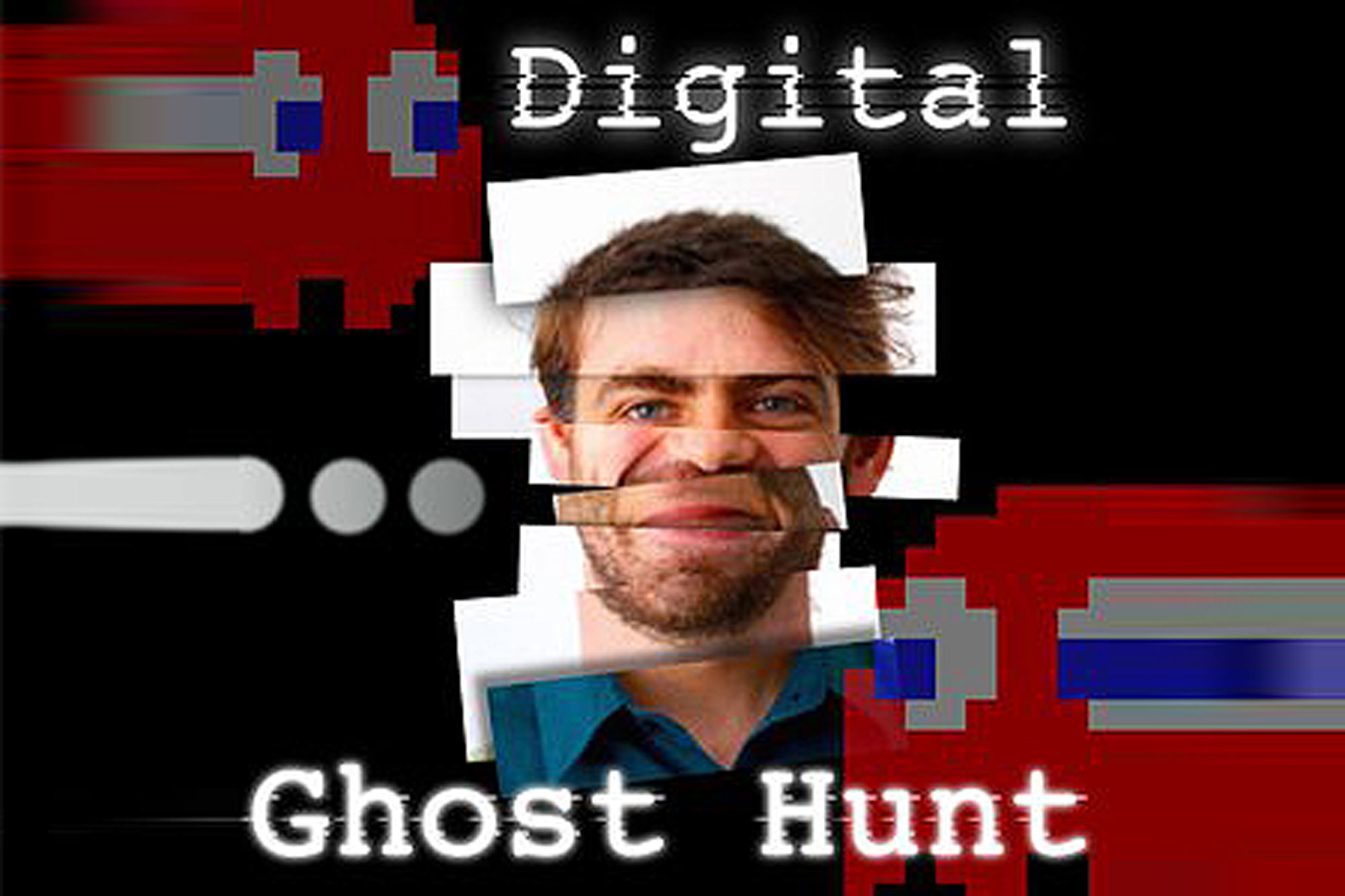Ghosts in the Machine

Digital ghosts, eye vibrations and narratives in physical space. KDL Developer Elliott Hall is currently participating in the Reframed Project Development Programme 2017, exploring immersive and interactive storytelling at Lighthouse in Brighton...
Digital Ghost Hunt is an immersive educational storytelling experience which combines micro computing, augmented reality and live performance to inspire children to get into coding and support educators in delivering the coding requirements of the national curriculum.
When I first came up with Digital Ghost Hunt, I knew I wanted it to be a chunky, analog experience. I’d assumed that there would be a VR component as well, but as the project began to take shape I decided I didn’t want to use screens at all. I wanted The Ghost Hunt to be an experience distinct from the one the students have been having on their smartphones for years – a direct interaction between them and the building, without a screen mediating the interaction. It’s something my collaborator Tom Bowtell and I both feel strongly about, but unlike him, I don’t have the theatre background to draw on when thinking about physical space.
What connected the speakers at this residential for me was that, even though they were working in disparate fields – VR, AR, 360° video, installations and immersive theatre – they were all working with space and the audience. Watching artists explore, enhance and undermine that relationship was enormously useful for me in thinking about my idea beyond the technical questions to the physical, sensory experience I want it to be.
Grace Boyle’s presentation of her work Munduruku [a fully immersive multi-sensory experience] inspired Tom and I to think about how we could be using smell as part of our haunting. She also helpfully suggested that we could create ghostly visual effects by making the eye vibrate with infrasound (the ethics of doing this to ten year-olds may need further investigation). I enjoyed Jane Gauntlett’s demonstration of her In My Shoes project [an ever-expanding collection of first-person documentary style interactive performances] for the same reason – learning that by simply giving a person the same bag and watch to wear as the ones they see in their headset can create a powerful sense of identification. It’s something I will think about when choosing a uniform to help students transform into fearless ghost investigators.
These questions were in the back of my mind when we did the Story Surgery with Rob Morgan [Creative Director of Augmented Reality theatre studio, Playlines]. Nothing is more useful than constructive criticism, and Rob’s questions helped me think of my narrative as a thing in a physical space, not the words on a page as I’m used to. Our discussion gave me some great ideas about how our ghost hunters will move, collaborate, have unique experiences and then share them with each other.
As a programmer and a novelist, I do a lot of working and thinking on my own. When I start a new book I usually hoard the idea for at least six months before I tell anyone what I’m working on. Reframed, both the speakers and the practical work, such as the story surgery, has forced me to emerge from my head and explain myself – which is a good thing.
This blog post first appeared on the Lighthouse Reframed Project pages
